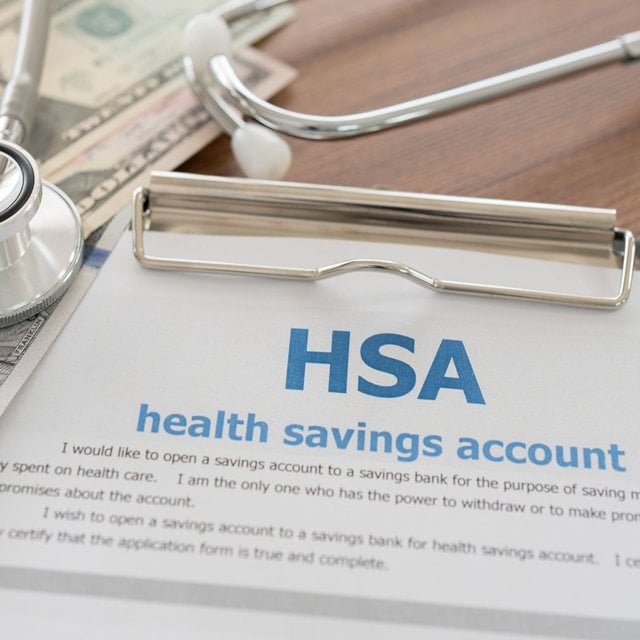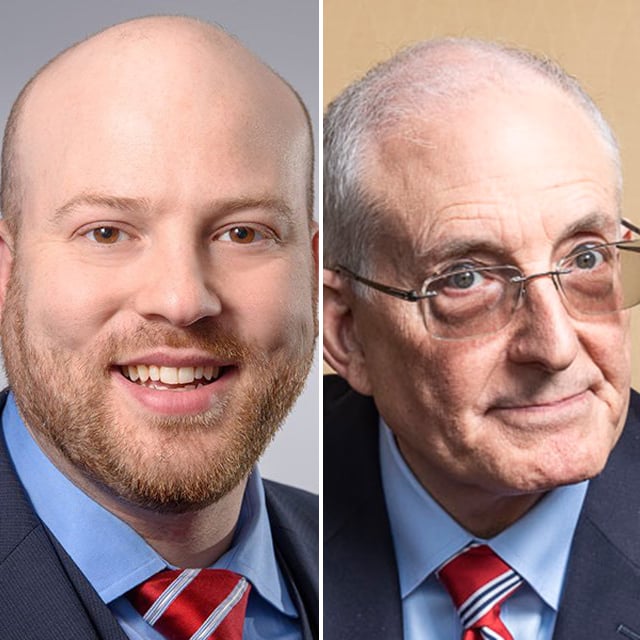Best & Worst HSAs for Investing: 2021
Related: Which HSAs Are Best for Investing?
Morningstar this week published its fifth annual landscape study on health savings accounts available to individuals. The investment research provider evaluated 11 of the most prominent HSA providers' offerings for two different use cases: as an investment account to save for future medical expenses and as a spending account to cover current medical costs. This year's assessment found that providers have made progress over the past year by cutting fees, streamlining investment menus and offering higher quality funds. Yet despite cuts, fees vary across providers and by account balance. Seven HSAs in the study require individuals to keep between $500 and $2,000 in spending accounts before they can invest, creating what Morningstar said is an opportunity cost for investors. In addition, fund lineups still hold redundant and niche options that can be difficult to understand. "There is limited transparency around HSAs and their associated fees, especially when investors are looking to open an account that is not through their employer," Megan Pacholok, lead author of the study and manager research analyst. "Since we first introduced our HSA assessments five years ago, we've seen providers improve their offerings by cutting fees and simplifying investment menus. As HSAs continue to evolve, it is important for providers to continue to be more transparent, include strong investment options, and keep costs low."Study Highlights
The new research showed that no HSA earned universally top marks, or an assessment of High, on the underlying drivers of HSA quality, such as attractive interest rates for spending accounts or sound investment menu design for investment accounts. Fees continue to decrease, but they vary among providers. The cheapest 60/40 passive portfolio charges 0.02% with no maintenance and investment fees. Other providers' fees for a similar portfolio range from 0.22% to 0.68%. Providers continue to populate their investment menus with high-quality funds based on the Morningstar Analyst Rating and Morningstar Quantitative Rating, according to the report. About 85% of funds in each lineup were Morningstar Medalists — a fund with an Analyst Rating or Quantitative Rating of Gold, Silver or Bronze — and five providers offer all-medalist lineups, nearly double last year's total. Even so, the report said, there is still room to streamline investment menus and avoid redundancy. This year's research found that funds that incorporate environmental, social and corporate governance criteria in their investment processes are becoming more prevalent in HSA lineups. At present, five providers in the study include ESG equity options in their investment lineups. In evaluating the 11 providers' offerings as investment accounts, Morningstar gave the following weights to these criteria:
- Menu design: asset classes available to investors through investment menu: 20% weight
- Quality of investments: forward-looking assessment of how funds in investment menu will perform: 20% weight
- Price: total cost for investor, including maintenance, investment and underlying fund fees: 40% weight
- Investment threshold: amount of money investor must keep in spending account prior to putting dollars toward investments: 20% weight
© Touchpoint Markets, All Rights Reserved. Request academic re-use from www.copyright.com. All other uses, submit a request to [email protected]. For more inforrmation visit Asset & Logo Licensing.
Featured Resources
View All
Sponsored by Axos Advisor Services
Integrated Banking Solutions: How To Enhance Client Services and Grow Your Business

Sponsored by Optifino
Three Macro Trends Impacting Long-Term Care: Trends, Solutions & Client Conversations

Sponsored by Vanilla
The Missing Piece: Why Advisors Who Skip Estate Planning are Failing Their Clients







